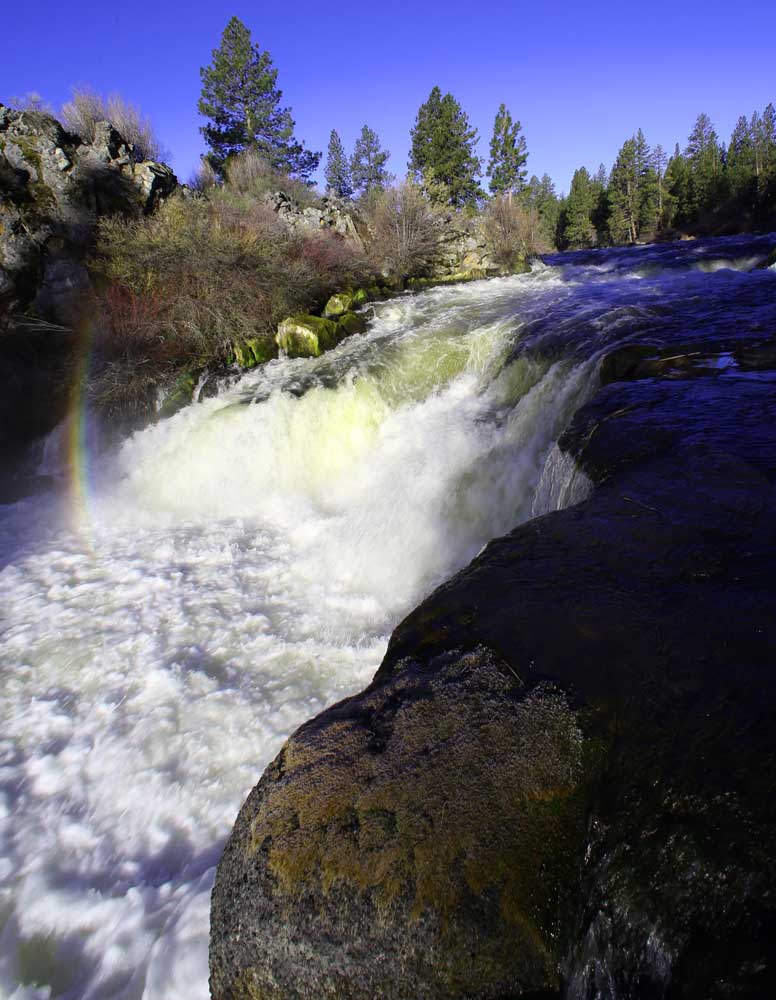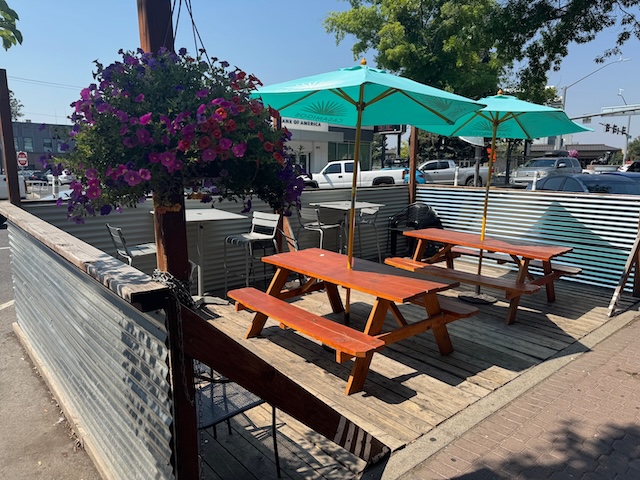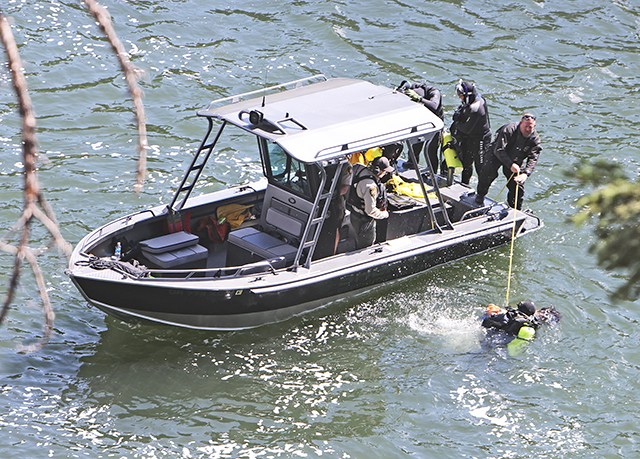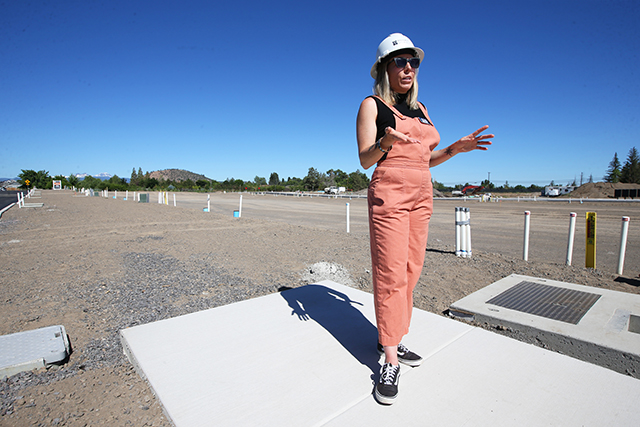Snowshoeing in Central Oregon
Published 3:45 am Friday, December 24, 2021
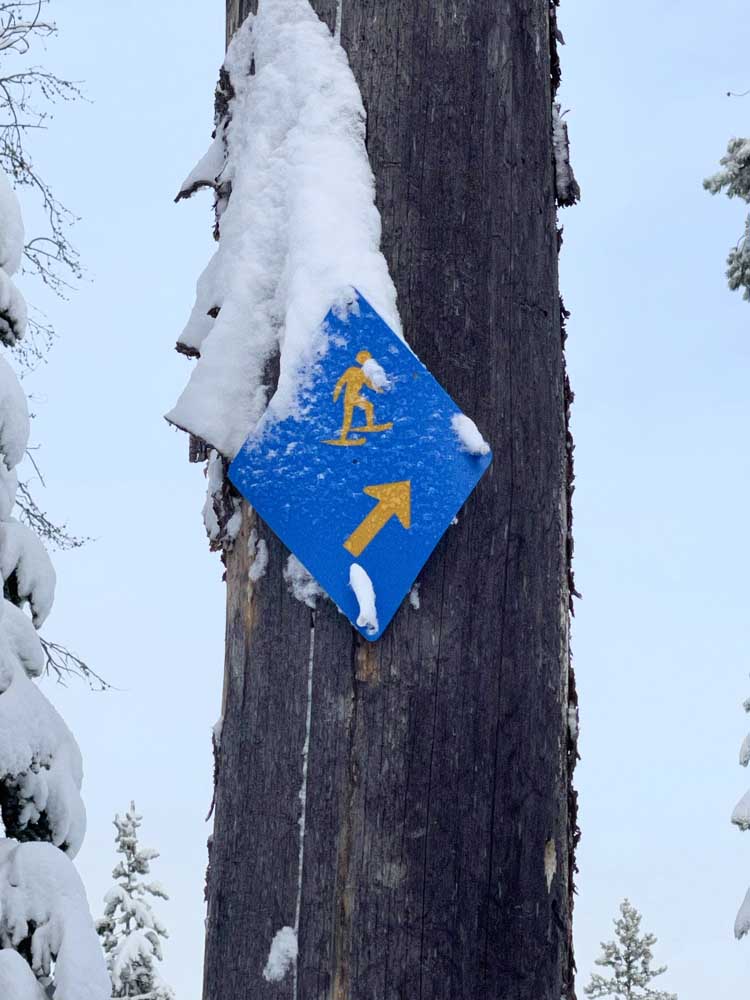
- A snowshoe trail marker points the way.
Receive new snowshoes for the holidays? You’re in luck.
Central Oregon has perhaps the most extensive network of trails dedicated to snowshoeing on National Forest lands in the United States.
Trending
But these trails haven’t always been part of the winter recreation scene here in Central Oregon. Starting in the early 2000s, Jim Davis, a retired physician, noticed that folks started following his snowshoe tracks. After consultation with the Forest Service, Davis — along with a group of enthusiastic volunteers — established the first trails dedicated to snowshoeing at the Meissner and Swampy Lakes sno-parks. Many more trails were created in more recent years. With the most recent addition of a snowshoe trail to the Jefferson View Shelter out of the Three Creek Sno-park, there are now over 25 miles of dedicated snowshoe trails that can be accessed from sno-parks in this region.
Having dedicated snowshoe trails is a good idea. By having separate trails, the experience for both skiers and shoers is improved. Snowshoe trails are not recommended for skis as they tend to have more twists and turns, and do not need to provide for downhill “runouts.” Separating the trails makes it possible for each type of trail to be narrower and more of a meander through the woods, rather than a wide trail that’s more like traveling along a road.
The snowshoe trails in our area range from easy strolls to fairly strenuous winter hikes on hilly terrain. If you are new to snowshoeing, the Short Loop snowshoe trail at Swampy Lakes Sno-park is a good choice, or for a dog-friendly option, you can check out the Snowshoe Loop at the Wanoga Sno-park.
For intermediate snowshoers, there are lots of great options. Some examples: The Porcupine Loop at Swampy Lakes Sno-Park offers rolling terrain and mountain views, with the added benefit of a stop at a warming shelter.
Todd Lake is another popular destination. It is accessed from the Mt. Bachelor Nordic Center, so you’ll need to get a free trail pass at the Nordic Center to access the trailhead via the Common Corridor. And for those traveling with dogs, you can find great terrain and magnificent old ponderosa pines at the trails originating at the Edison Butte Sno-park.
When you arrive at the sno-park, be aware that both snowshoe and Nordic ski trails depart from the same area. Be sure to look for the appropriate trailhead sign. Snowshoe trails are marked with blue diamonds with a yellow reflective snowshoer symbol in the center. Blue diamonds with a yellow reflective diamond in the center mark ski trails. However, dedicated snowshoe trails are not available at all sno-parks. This is the situation you’ll find if you snowshoe to Vista Butte, Tumalo Falls or Paulina Lake. While snowshoers are welcome on these Nordic trails, shoers and skiers should maintain separate tracks; thus the slogan “share the snow, not the tracks.”
Trending
Are snowshoes really necessary on the trails? Why not just hike? Generally, a cold, well-packed snowshoe trail may be able to support individuals wearing boots without sinking, or post-holing. However, as the packed snow warms during the day and loses strength, individuals in boots may begin to post-hole. It’s pretty easy to twist a knee or worse when this happens, and the resulting holes create tripping hazards for those on snowshoes.
Maps and descriptions of the snowshoe trails are posted at the sno-park kiosks, on the Central Oregon Nordic Club website at conordicclub.org and on the Deschutes National Forest website. If you have a smart phone and use the Avenza app, you can download sno-park maps for free from the Avenza online store and use the GPS feature to track your progress.


